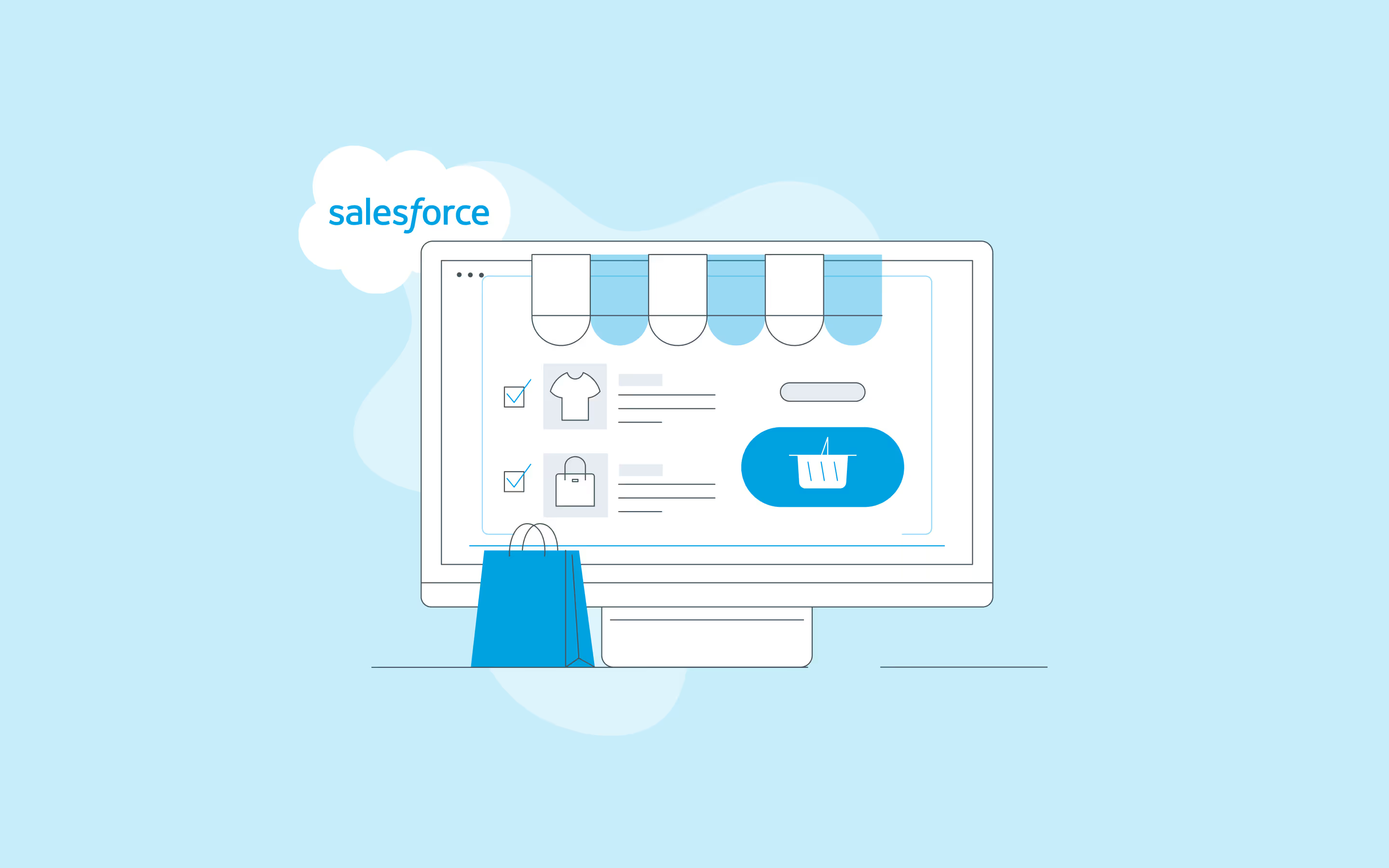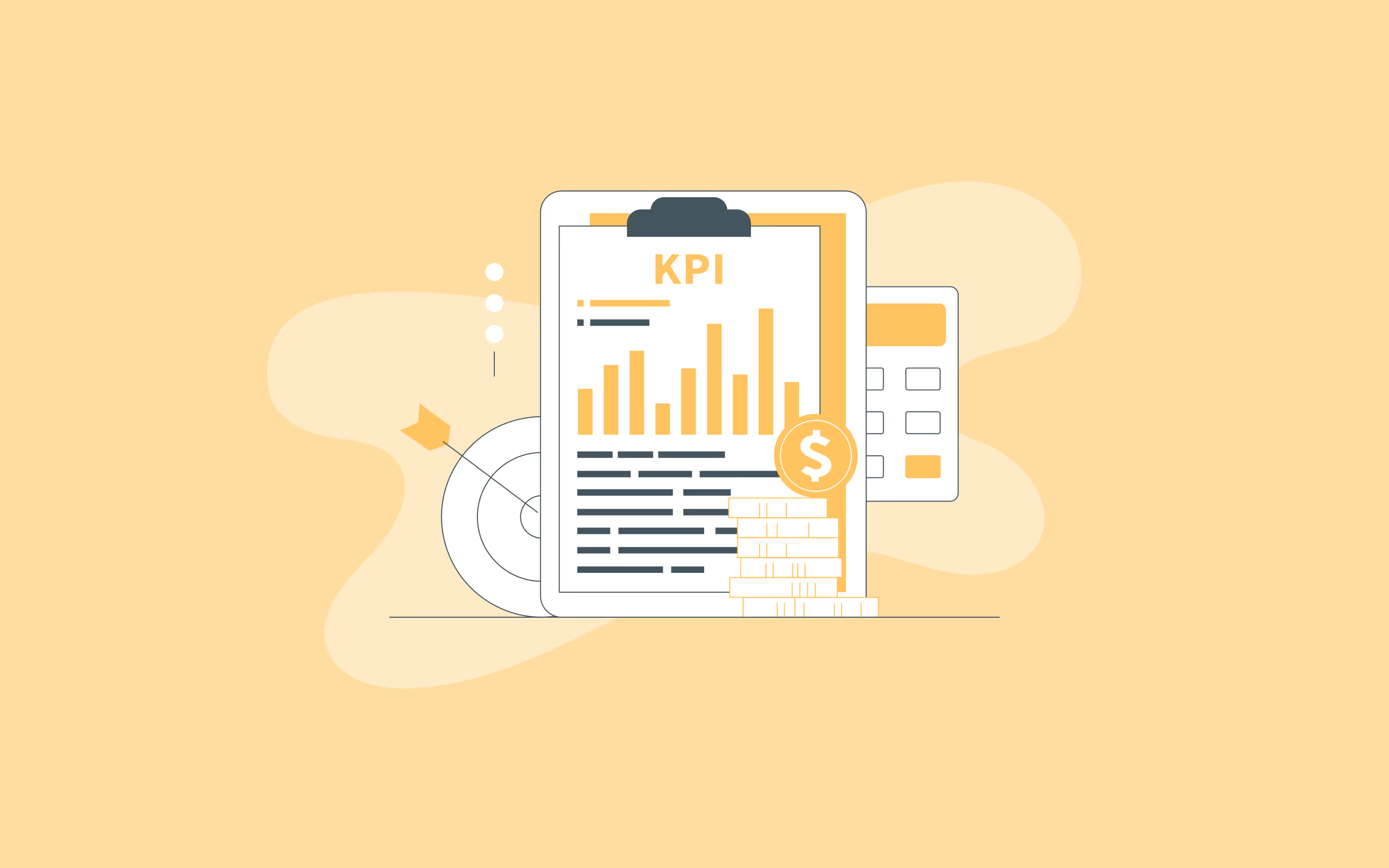

5 min read
•
Composable
•
September 26, 2025
When Shopify Stops Being Enough: The Case for Composable Commerce
Composable is less about where you start and more about stacking best-in-class services CMS, Search, Personalization, CDN, Checkout and orchestrating them with intent.
Let’s get the short answer out of the way: yes, you can. But it’s a bit like asking if you can build a gourmet kitchen inside a food truck. Technically, yes. But at some point the truck stops being the point. Shopify was built for simplicity and speed - a brilliantly designed one-size-fits all. If your brand is doing under $50M online, and you're not losing sleep over enterprise workflows or complex localization or how much the platform is starting to cost you with all those add-ons, then Shopify is a great choice.
But composable? That's a different conversation.
Composable is less about where you start and more about where you're trying to go. It’s about stacking best-in-class services CMS, Search, Personalization, CDN, Checkout and orchestrating them with intent. It’s not a Shopify problem. It’s an appetite for excellence problem. And it changes who controls the pace, the priorities, and the potential of your commerce experience. But if you don’t want to get control of all this - well, composable on any platform is not for you. Neither is large-scale e-commerce in the next five years.
{{banner}}
You can technically run a composable stack with Shopify at the center. Hydrogen makes that eminently possible. So do third-party integrations, custom storefronts, and API-first services from nearly every part of the stack. But if you’re expecting Shopify to manage that complexity for you, or to support it the way it supports its native themes and plugins, you are going to be somewhat disappointed.
What we tend to see when we talk to companies who use Shopify in their portfolio alongside SFCC, are brands quietly inching past the limits of what Shopify was built to support. A headless CMS here, a search upgrade there. Then one day they look up and realize they’re running half a dozen tools, none of which really speak to each other, and none of which feel fully owned by the team.
That’s usually when the composable conversation starts to get serious.
There’s no red line that says “now you must go composable.” But there are signs:
- You’re building experiences your platform doesn’t understand.
- Your merchandisers are locked out of workflows they should own.
- Your dev team spends more time bridging gaps than building features.
- You’re launching workarounds instead of new ideas.
The irony is that these were all the problems a templated SFCC faced while Shopify was making hay with the SMBs. But composable dug Salesforce out of that ditch because the scale of most of their customers makes it valuable as a rock at the heart of the stack, an anchor for all the cool stuff. Shopify’s business is always going to be anchored by their successful creation of a “good enough for most everyone” platform that is brilliant at what it does. But it doesn’t do complex integrations. It’s designed to meet the needs of everyone who doesn’t need complex integrations.
Composable isn’t a trend. It’s what happens when ambition outgrows convenience. The only real question is when you decide that tradeoff is worth it.
Some brands get there early. 64labs built its first PWA at Duluth, the first SFCC composable storefront build in the world, in 2022.
Some wait. But the ones who make the leap with clarity (about their stack, their team, their goals) tend to find themselves moving faster, experimenting more, and spending less time negotiating with their own tools.
There are different ways to do it. Shopify can be part of it. So can SFCC, commercetools, BigCommerce. The platform matters less than the intent behind the architecture. But whichever platform you go composable with, pick a partner that really understands how to engineer front ends rather than one that will throw your project over the wall to some integrators who reach immediately for the manual. You can mess composable up badly with the wrong implementation approach.
You’ll know when you’re ready. The question is whether the people around you will.
Read more

August 8, 2025
Salesforce
Ecommerce
Why Salesforce Commerce Cloud Is Still the Best Enterprise eCommerce Platform

July 15, 2025
Composable
Ecommerce
Monolithic vs. Composable Commerce: Which One Actually Lets You Move

July 15, 2025
Composable
Ecommerce
How Does Composable Help Marketers and Merchants

